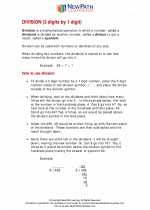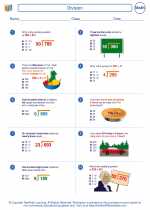What is Runoff?
Runoff is the movement of water over the land surface. When it rains, the water that falls onto the ground can either soak into the soil (infiltration) or flow over the surface as runoff. Runoff can occur on various surfaces such as paved areas, grasslands, and agricultural fields. It eventually makes its way into rivers, lakes, and oceans.
Factors Affecting Runoff
Several factors influence the amount of runoff produced from a precipitation event:
- Intensity of precipitation: Higher intensity rainfall leads to more runoff as the soil cannot absorb the water quickly enough.
- Slope of the land: Steeper slopes result in faster runoff as the water flows downhill more rapidly.
- Type of soil: Soil with high clay content tends to produce more runoff compared to sandy soil.
- Land use: Urban areas with impervious surfaces (such as concrete and asphalt) generate more runoff than natural landscapes.
Effects of Runoff
Excessive runoff can lead to several environmental and societal issues, including:
- Soil Erosion: Runoff can wash away the topsoil, leading to loss of fertility and degradation of land.
- Pollution: Runoff can carry pollutants such as pesticides, fertilizers, and oil from roads into water bodies, causing water contamination.
- Flooding: When runoff overwhelms the capacity of rivers and drainage systems, it can result in flooding, particularly in urban areas.
Methods for Managing Runoff
To mitigate the negative impacts of runoff, various management strategies can be implemented:
- Green Infrastructure: Using vegetation and permeable surfaces in urban areas to absorb and slow down runoff.
- Retention Ponds: Constructing ponds to hold and slowly release excess runoff, reducing the risk of flooding.
- Soil Conservation Practices: Implementing measures such as terracing and contour plowing to reduce soil erosion and increase water infiltration.
◂Math Worksheets and Study Guides Sixth Grade. Division
Study Guide Division
Division  Worksheet/Answer key
Worksheet/Answer key Division
Division  Worksheet/Answer key
Worksheet/Answer key Division
Division  Worksheet/Answer key
Worksheet/Answer key Division
Division 

 Worksheet/Answer key
Worksheet/Answer key
 Worksheet/Answer key
Worksheet/Answer key
 Worksheet/Answer key
Worksheet/Answer key

The resources above cover the following skills:
Connections to the Grade 6 Focal Points (NCTM)
Number and Operations: Students' work in dividing fractions shows them that they can express the result of dividing two whole numbers as a fraction (viewed as parts of a whole). Students then extend their work in grade 5 with division of whole numbers to give mixed number and decimal solutions to division problems with whole numbers. They recognize that ratio tables not only derive from rows in the multiplication table but also connect with equivalent fractions. Students distinguish multiplicative comparisons from additive comparisons.